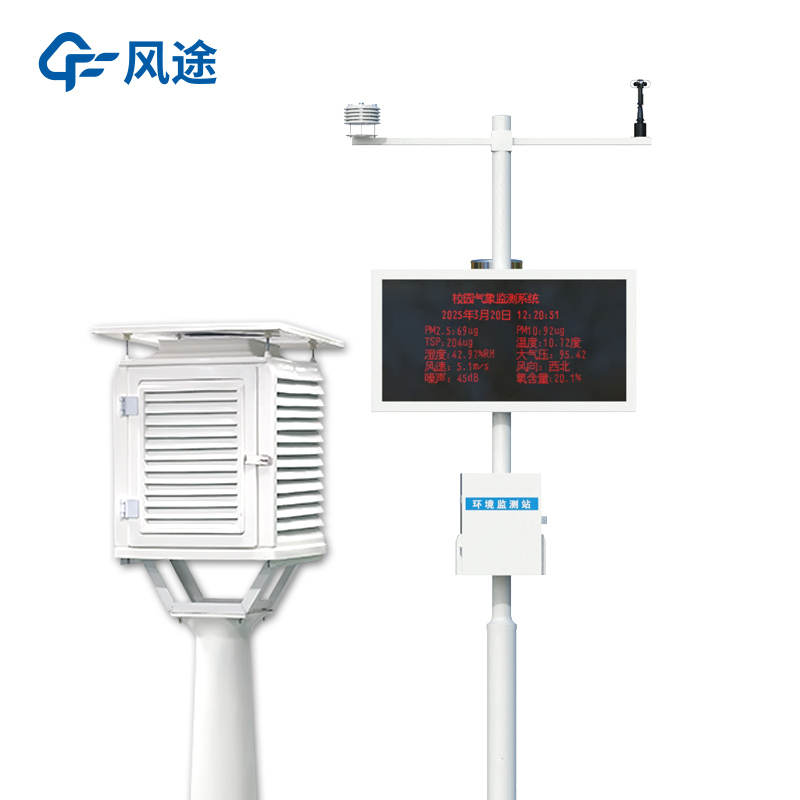Meteorological environment monitoring equipment supplier
Insist on doing high-precision customer favorite technology products
A Campus Weather Station is not merely a simple observation tool but rather a comprehensive educational platform that integrates Science, Technology, Engineering, and Mathematics (STEM).
Naturally, for a weather station established on campus, the data display itself serves as an engaging scientific exhibit that can inspire all students' interest in natural sciences. This is because it transforms abstract meteorological knowledge (such as atmospheric pressure, humidity, and evaporation) into tangible, observable, and recordable real data, greatly stimulating students' interest in geography, physics, biology, and other disciplines. Meteorological data can serve campus daily life, such as issuing weather forecasts to guide outdoor activities or serving as materials for studying campus microclimate.
A standard Campus Weather Station is essentially an automated data collection system integrated with multiple sensors. It consists of three main parts: a sensor unit (outdoor), a data collection and transmission unit, and a data display and processing unit (indoor).
Outdoor sensors include a Stevenson screen, which provides a well-ventilated and sun-protected environment for internal temperature and humidity sensors; anemometers and wind vanes for measuring wind speed and direction respectively; a tipping bucket rain gauge that accurately records precipitation through mechanical bucket counting; and a barometric pressure sensor for measuring atmospheric pressure.
The data collection and transmission system regularly reads signals from all sensors and digitizes them. The system is often powered by solar panels and transmits data in real-time via wireless networks.
Data can be displayed in real-time on LED screens in teaching buildings or viewed on computers or mobile phones through dedicated software. Students can use this data to generate temperature curves, wind rose diagrams, and other visualizations for climate analysis and research, truly bringing meteorological science from textbooks to real life.
